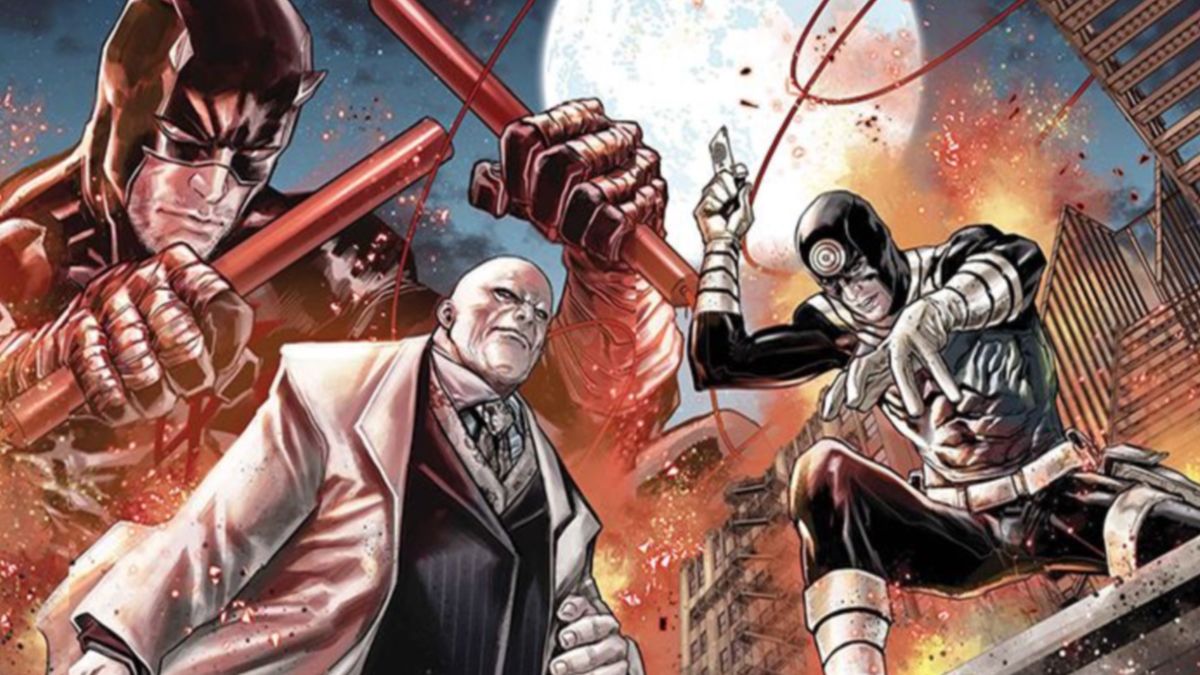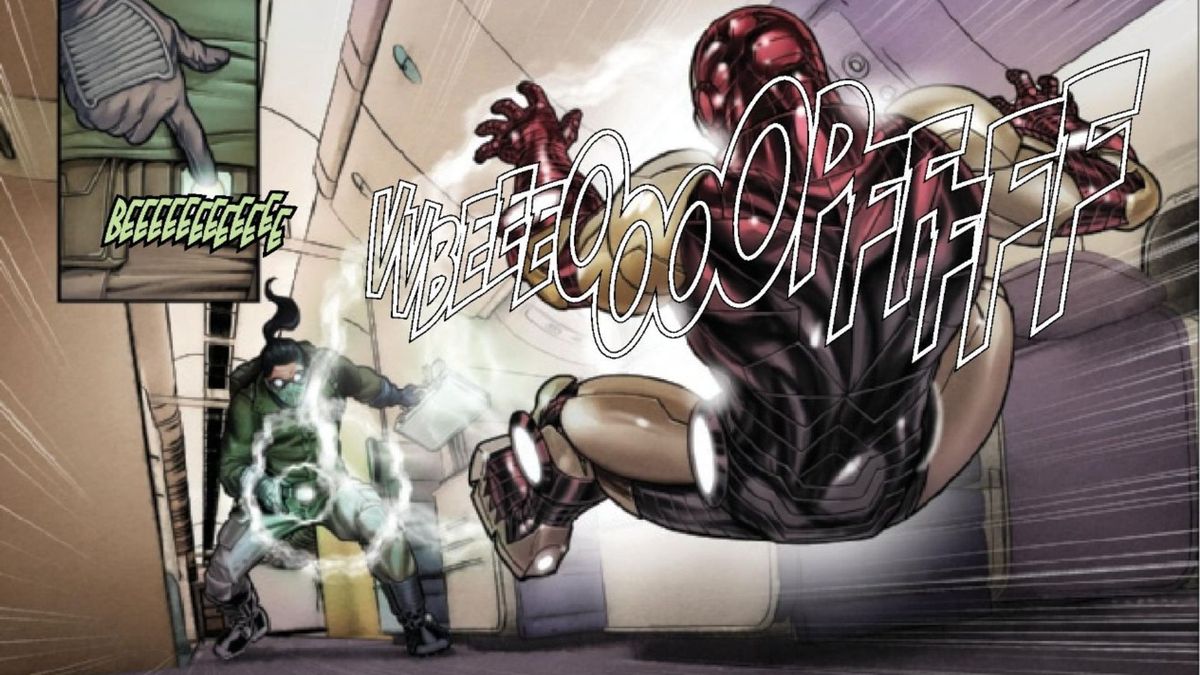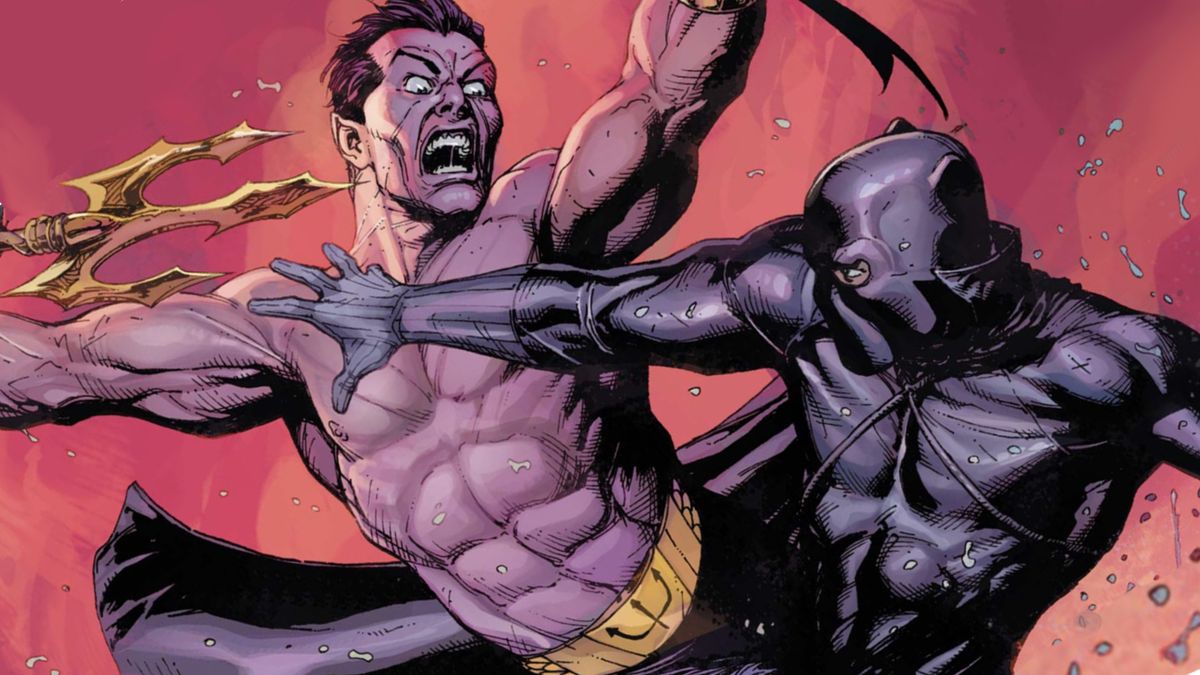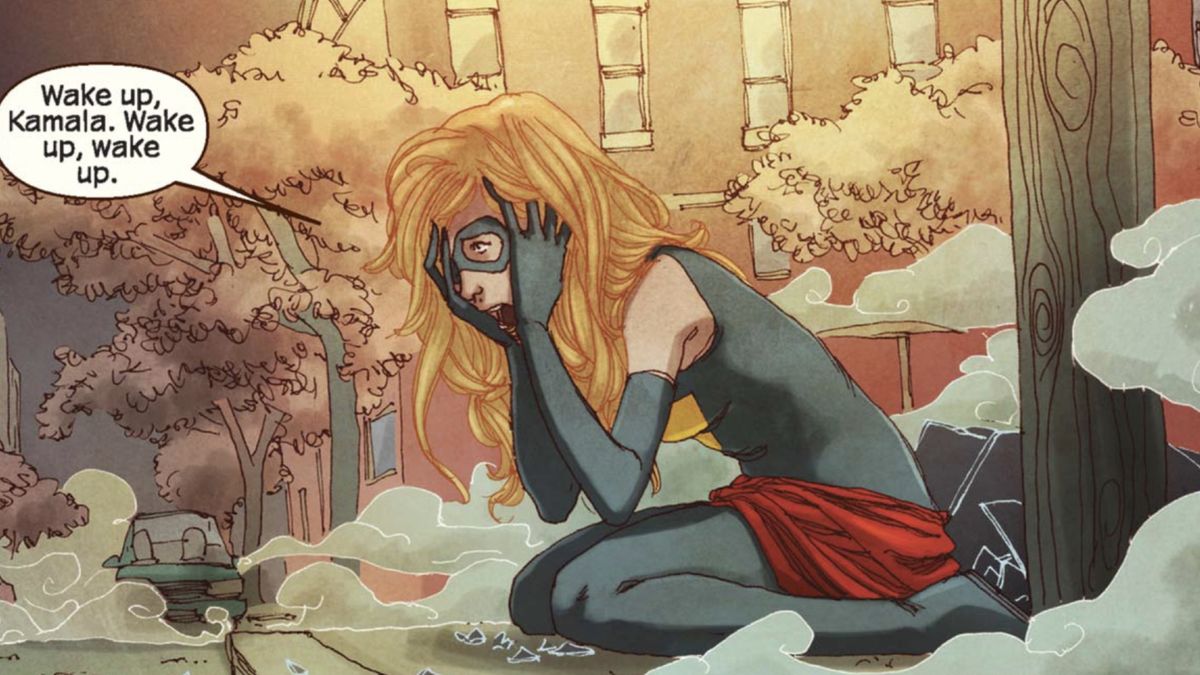Judd Winick is one of the most prolific writers in Green Arrow’s quiver, having written the character for five years. Over the course of two series – Green Arrow and Green Arrow/Black Canary – and several one-shots, the Real World alum made his mark on Oliver Queen, Dinah Lance, and the Arrow family.
In fact, he made it a family.
Winick’s run delved into Dinah Lance and Oliver Queen’s on-again, off-again relationship, brought his son Connor Hawke back into the fold, and wrote the monumental story of Mia Dearden coming to grips with her HIV diagnosis – a moment that factored into her decision to assume Roy Harper’s Speedy mantle.
Newsarama reached out to Winick to get his perspective on his run now 12 years out, discussing his connection with the Emerald Archer, the inspiration for Mia’s story arc, and whether he’d ever return to the character.

Newsarama: Judd, to start off, how did you get the gig for Green Arrow?
Judd Winick: My editor and good friend Bob Schreck. Bob brought me into DC Comics and gave me a shot at writing Green Lantern. Things went well, and they let me stay on the monthly book.
After Kevin Smith was finishing up his run — where he brought Green Arrow literally back from the dead, and re-launched the series — Bob told me that he wanted me to eventually take over Green Arrow if I wanted it. He knew we still had some fish to fry on Green Lantern.
But Bob picked my brain and inquired if my best friend Brad Meltzer, who at the time was “simply” a writer of best-selling law thrillers — would be interested in writing Green Arrow. I told Bob, “I think Brad has been waiting his entire life for someone to ask that question.”
So, Brad took on Green Arrow, and I got to follow him. Made for rather sizable shoes to fill, I’ll tell you that. First Kevin Smith and then Brad. But I was thrilled.

(opens in new tab)
Nrama: What attracted you to the character of Oliver Queen?
Winick: Many many things.
I’ve had years to dwell on what I liked about the character when I was a kid. Despite the fact that he ran around dressed like Robin Hood and shot arrows to fight crime, I guess there’s something slightly more realistic about him than Batman, but maybe it was that he was less tortured. I think I always loved how damned angry he was. And I always appreciated his politics. Even as a kid. I wasn’t aware that I was attracted to his “tough liberal” persona.
That said, I also enjoyed his skill sets. There’s something really cool about fighting crime with a bow and arrow.
Nrama: Why do you think to this day people still connect to your run?
Winick: Oh, I don’t know. That’s a hard one to answer. I might be the last person to ask.
But, simply, I like my run. I made the stories because I liked them.

(opens in new tab)
I know it sounds like a corny answer but it happens to be true. If anything, I spent five years really trying to put Oliver Queen through his paces. It was important to me that he was flawed. It was important to me that he made mistakes. At the time I took a tremendous amount of crap for that.
But, honestly that’s just the nature of mainstream superhero comics. You get a lot of crap. I like to think that the turns he made, the battles he fought, that they still hold up. It’s never the goal. Superhero comics are meant to be “in the moment.” You’re not trying to tell a story that it’s going to hold up 20 years from now. If you manage to stumble into something that has an evergreen quality, you’re just getting lucky. That’s just my opinion.
You just get in there and try and tell a good story.
Nrama: What did you enjoy the most about writing the series?
Winick: Well, first and last with the artists I worked with. Over the five years of work the bulk of it was with Phil Hester and Ande Parks. Writing the scripts is only half the battle, if that. There are all these other brilliant storytellers that are going to carry you across the line. Who are going to deliver the goods?
Every month, it’s like the December holidays. The script goes out and the art comes back. And I was always fell right on my butt.
Phil and Ande were killers. They made me look good.
And Tom Fowler, Cliff Chang, Scott McDaniel, and Mike Norton to follow. Words and pictures. And those gents were amazing.

(opens in new tab)
Nrama: Kevin Smith created Mia Dearden, but you really helped define her character. Especially when you revealed she had HIV, still to this day one of my favorite comic book issues. When did you figure out this was part of her story?
Winick: Well, to be honest, I thought this was a story that Kevin Smith was going to do himself. In his run, he introduced Mia, and also introduced the fact that she had been a sex worker, ran away from home, lived on the streets.
I actually thought that he was going to make her the new Speedy. And, I really did think that she was going to test positive for HIV at some point.
I learned later that he had planned on making her Speedy, but he agreed with readers who had a sense that he might be going in that direction and he pushed back on the idea of a teenager in this day and age becoming a vigilante. I agree with his decision. That’s what I meant by saying that superhero comics have to be present. And at the time he was writing Green Arrow, it didn’t make sense for Mia to become Speedy.
It seemed kind unconscionable for Oliver Queen to agree to let her put herself at risk like that. But, when I took over the book, I decided that we would acknowledge that she’d gotten older – put her around 17 years old. And her testing positive, and wanting to become Speedy, went hand-in-hand. She was unsure how much time she would have. Unsure where life will take her. But this is what she wanted to do with the time that she had. She wanted to do good.
Nrama: How did your friendship with Pedro Zamora from The Real World help form that story?
Winick: In every way you could imagine. Pedro tested positive when he was very young as well. His diagnosis was also a huge guiding influence. He too wanted to give back. He wanted to fight. He literally wanted to make the world better. That was very much Mia’s story.

Nrama: One of my favorite aspects of your run is the importance of the Green Arrow family. What went into creating their dynamic and why did you want the whole family to be involved?
Winick: Honestly, it was an accident. These characters that orbit around the planet that is Oliver Queen just turned out to be his family. With that, their love, their crabbiness, their loyalty, their blood bond just came out naturally.
They argued a lot – like a family. They would die for each other without a second thought – like a family.
And I think it was easier for me to tell their story knowing that they loved each other. Unlike a lot of superheroes, this crew wasn’t emotionally repressed. Hot headed. Passionate. Opinionated. But always loyal. And always loving each other.

(opens in new tab)
Nrama: Was it your decision or DC’s to relaunch Green Arrow into Green Arrow/Black Canary?
Winick: No, as I recall it was Dan DiDio’s [DC’s then-publisher]. He simply came to me and said he wanted them to get hitched and we’ll relaunch the series. I was totally down with that.
The Green Arrow/Black Canary wedding issue is probably one of my favorite works. Amanda Connor drew it, and simply — she’s a genius. I’m a cartoonist, and I’d give anything to draw as well as her.
She’s a master storyteller.
Nrama: What makes Black Canary and Green Arrow’s relationship work?
Winick: For me, their adults, with faults, who are aware of each other’s imperfections, AND are crazy hot for each other. They both are in the service of helping the world, stopping bad guys, and they love “their work.” They also are on each other’s side. They conspire together. “There’s US and there’s THEM.”
Nrama: Would you like to write Green Arrow again?
Winick: I spent five years writing Green Arrow. And I absolutely miss it. My friends at DC have left an open door for me, and I love them for that.
I would come back. I’d just need a real great story.
Hopefully someday that’ll come.
 Game News Video Games Reviews & News
Game News Video Games Reviews & News



